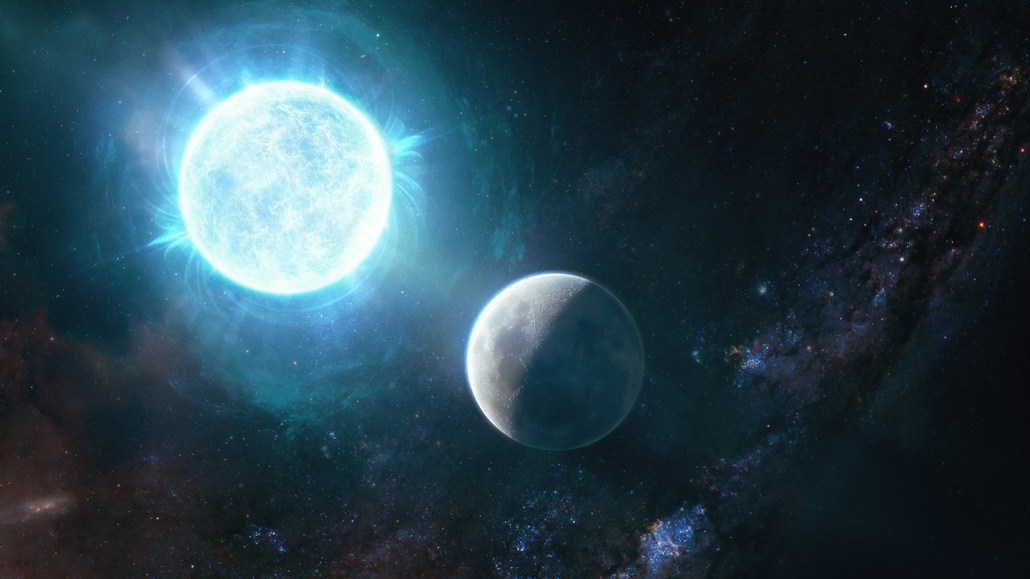Questions for “Moon-sized white dwarf is the smallest ever found”

With a radius of about 2,100 kilometers (1,305 miles), the newfound white dwarf (left, in this illustration) is just slightly bigger than our moon (right).
Giuseppe Parisi

With a radius of about 2,100 kilometers (1,305 miles), the newfound white dwarf (left, in this illustration) is just slightly bigger than our moon (right).
Giuseppe Parisi